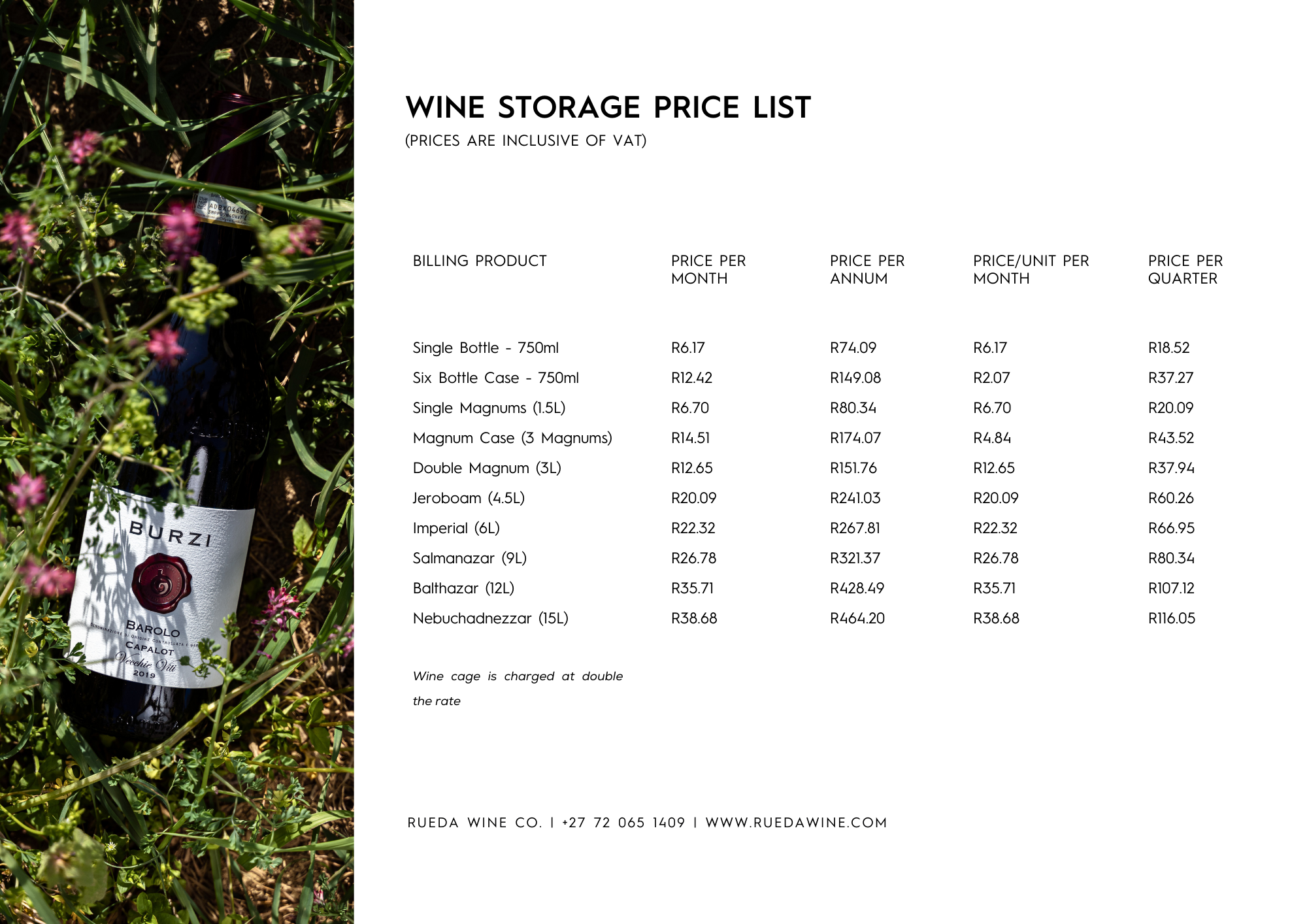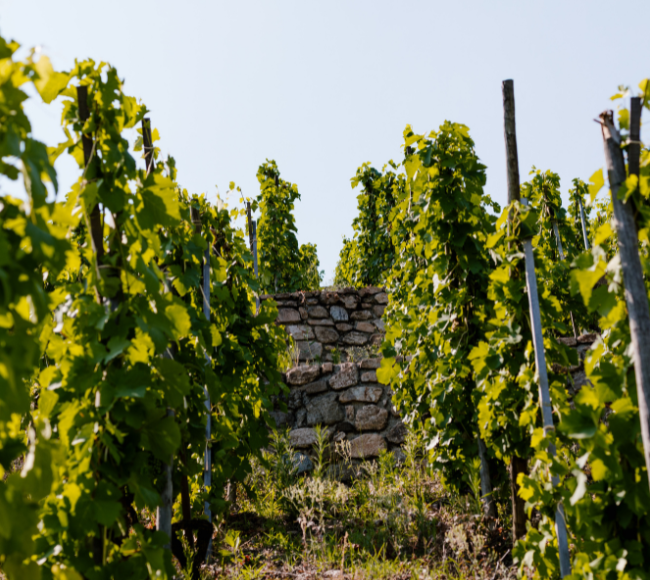
Syrah and Shiraz: The World’s Best Reds
“Syrah is Cabaret…a bit in-your-face but with a lot of personality.” – Angus Paul, Master Wine Maker
Shiraz, or Syrah, is the world’s sixth largest variety of grape under vine today. Once maligned and misunderstood, this ancient grape, in the right hands, becomes one of the best red wines and one of the best blending partners in the world. Originally hailing from the Northern Rhone in South Eastern France, there are historical inferences and references from as far back as the first century AD to a grape matching its black or midnight purple appearance. Yet despite its pedigree and long history of planting, Syrah had declined so much by the late 1960s and early 1970s that the grape was considered passe.
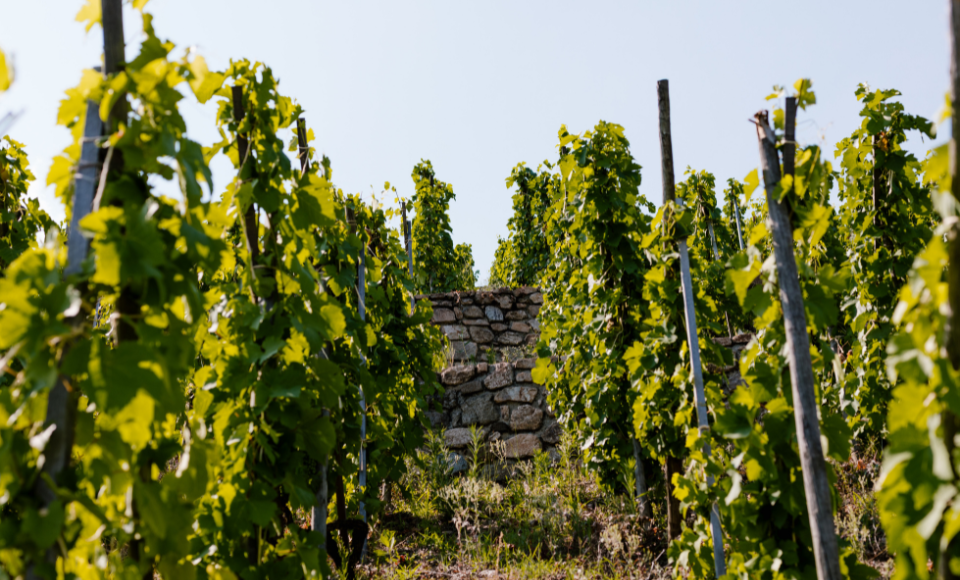
Yet, it’s an easy-growing grape of remarkable complexity and flexibility. Syrah is often used in blends to stunning effect by counterbalancing aromatics and soothing acidity. It stands remarkably on its own, responding to the attention and intention of winemakers. Syrah delivers a superbly complex palette, often revealing rare and novel flavour profiles when guided by masters like those we’ll introduce you to today. Steering us through our journey across the best Syrah regions and vineyards on the globe is Angus Paul, a Luxury Wine Maker.
The Rhone Valley and Syrah
North and South divide the Rhone Valley as a wine region. Vineyards converge on the pastoral landscapes and slopes of the river. In the Southern Rhone, Syrah is often blended with several grapes and in several styles to make red and rosé wines. Most of the Syrah in France is produced in the Southern Rhone. Generally, the Northern Rhone produces single-varietal red wine Syrahs, however, viognier is sometimes blended or co-planted here with Viognier. The grape itself has existed in the valley, some report, since before 800 AD. Genetically, the Syrah grape has a direct DNA lineage to the Mondeus Blanc and Dureza grapes and may be cousins or even fraternally related to Pinot Noir and Viognier.
Many dubious stories have been circulated claiming to explain Syrah’s origin. Eponyms often spring forth: Syrah comes from Syria, Syracuse, Shiraz in Iran and the like, but genetic testing has since proven those stories false. In the 17th, 18th, and 19th centuries, Syrah became renowned. Chiefly, the Hermitage appellation in the Northern Rhone was unparalleled. The powerful Syrah grapes wines were often used as blending components in Bordeaux. Other Northern Rhone localities and appellations of significance are St. Joseph, Cote-Rotie, Cornas, and Crozes-Hermitage.
The Soil
The climate of the Rhone, as well as its diverse soil and geological profile, have a marked effect on the wines produced there. Angus explained that in the Rhone, “You can see the old farmers…picking [Syrah], walking down the hill to the cellar, tossing it in a tank and letting it go. It’s got a purity to it [so] doesn’t require much intervention.” The French appellation d’origine contrôlée (AOC) is a labelling body and certification system responsible for French Wine standards. The AOC system ensures that terroirs are protected and synonymous with excellence. Under the grading system, wines carry an appellation, their region of origin, a promise that safeguards both producer and consumer. According to the AOC, Syrah is the only single varietal permitted in the Northern Rhone.
Its biting winters and amiable albeit cool summers would be a challenge for many grape varieties, but as Syrah buds late, it usually avoids the tribulation of frost. Winemakers often remark on how easy Syrah is to grow but complain about its vigour and narrow ripening window. There are many leaves and shoots on the vine. “It’s a real layman’s grapevine: its weed-like vigour, its affinity to its stems, its violent and pungent fermentation.” The careful pruning and attention of an expert vine dresser and deliberate vine preservation are a necessity to impart the most sugars and flavours to the grape. Syrah grapes picked from an old vine burst with flavour, but such a prize requires generational resolve.
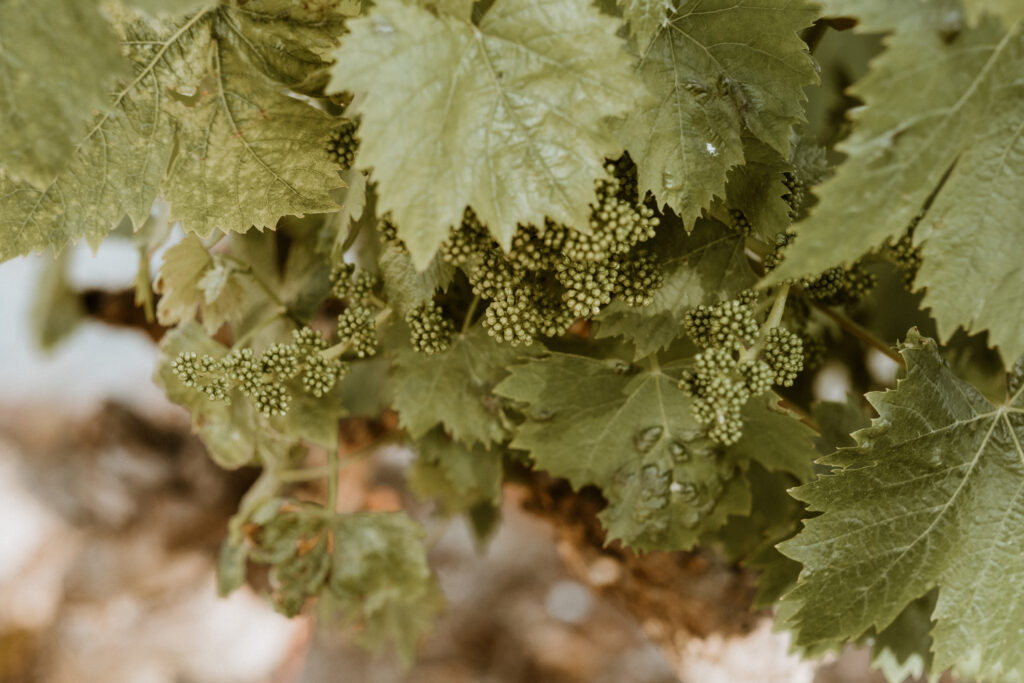
Image: A picture of Sam Lambson of Minimalist‘s Syrah buds in the South Coast, South Africa
Syrah may be the best grape in the world at expressing the soil and geology of its planting region. The Rhone River’s trajectory through the valley has resulted in multiple catchments, imbuing different minerals and markedly altering the geology in a relatively small area. Distinct rocks affect soil temperature, drainage, and articulation of acidity; each has pros and cons for vineyards and the vine.
Grapes grown in calcareous soil with their abnormal mineral levels will be more at risk of temperature stagnation. In the cooler Northern Rhone, the sun struggles to heat this ground even in summer, but the presence of alkaline limestone surprisingly enhances acidity in the grapes grown there. Limestone’s alkalinity can bless winemakers who can subdue these excesses and use it to balance tannins and bitterness. In the Northern Rhone, however, cold temperatures, even in summer, can hinder grape ripening, further increasing the acidity of wines. To counteract this, winemakers must deploy methods like malolactic fermentation or add potassium bicarbonate before fermentation. This process is not without risk, as it can damage aromas and yeasts.
Syrah ripens more rapidly when grown in schist as the metamorphic rock excels at retaining heat. Schist is mineral-rich but suffers from a shortage of other nutrients. The soil may require tilling to add phosphorous and nitrogen. Vineyards rich in shale and eventually slate walk a line between limestone and schist, with mild fertility and heat retention perhaps counteracting some of Syrah’s vigour. Lastly, granite and quartz, mainstays of highly silted vineyards, have very high PH, which subdues much of the acid expression in grapes, necessitating earlier harvests. This can mean ripeness issues and require the addition of sugar to permit fermentation. Of course, all these challenges can equally be blessings depending on the vintner’s objective.
The Flavour of Syrah
The Rhone’s proximity to Lyon, France’s gastronomic capital, means that one often sees Syrahs paired in fine dining. Angus notes:
“It’s an overt varietal; one immediately knows what they’re tasting with a Syrah. But when the signature spice and brine notes can be held in check with concentrated fruit, you can have one of the most savoury experiences a wine can offer, and certainly a signature one!”
As one of the most famous red varieties in the world, this shouldn’t be surprising. These colder climes generally result in a Syrah with greater acidity, lower alcohol content, more aromatics and elegant flavours. From these cooler clime Syrahs, expect moderate to full body, medium to high tannin levels, and black fruit notes.
Its colder expressions are often described as herbal, though the signature pepper can be absent in appellations. Yet some of the finest French Syrahs boast unique flavour profiles, with winemakers and critics praising the impressions of green olives, smoked bacon, liquorice and chocolate. Unconventional but exciting Syrahs may even see notes of menthol and mint. Melodies of black pepper are typical of high-quality Syrah from Australia and South Africa. These spicy notes pair well with heavier dishes like stews and steaks. And very old Syrahs, aged to perfection, may acquire layered flavours hinting at leather, pipe tobacco, meat, sanguine, and game.

Image: The Comprehensive Guide to Syrah – Wine Folly
Syrah an Old World Titan, Shiraz a New World Darling
While Syrah’s history is firmly rooted in the Rhone Valley, the New World wine regions have had great success growing this resourceful grape. France is still the primary producer, with more than 70 thousand hectares devoted to its mastery. The second largest, Australia, plants some forty-five thousand. The Australians call Syrah, Shiraz. A Scotsman named James Busby was believed to have brought the grape back from France. There are some tenuous rumours about Busby having taken the cuttings from Hermitage which was founded by a crusader in the 13th century who had brought his cuttings back from Persia. Some have gone so far as to say that Australian Shiraz can, therefore, be traced back to Iranian wines grown in Shiraz. However, given genetic testing results, we are assured that Shiraz is the same as the Northern Rhone Syrah.
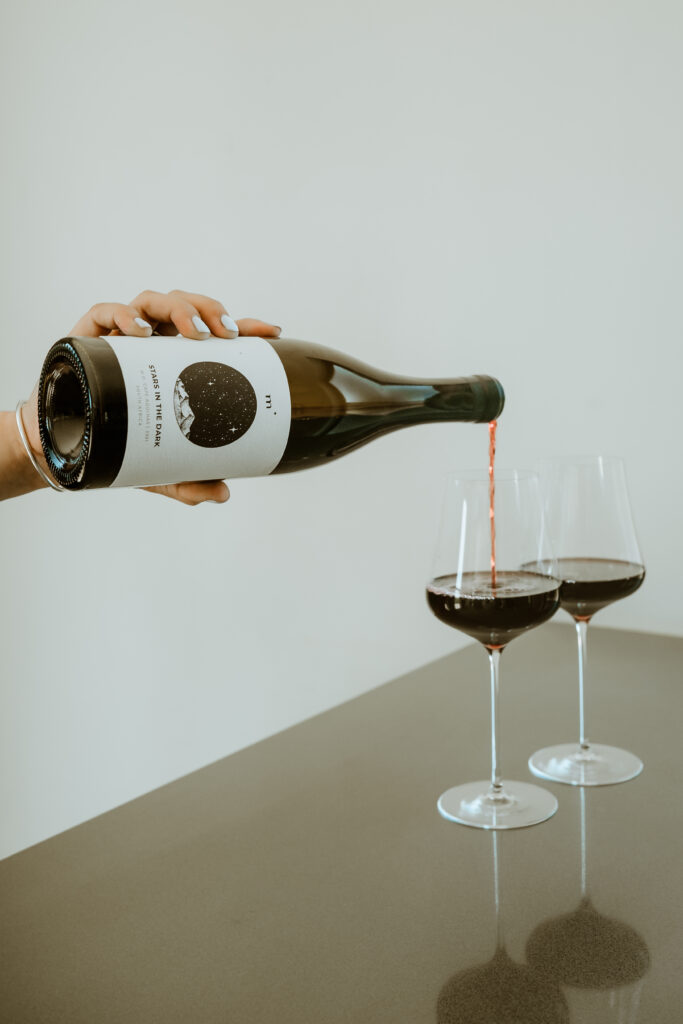
Image: Sam Lambson’s Stars in the Dark Syrah is deep in colour, typical of Syrah.
Generally, New World wine regions adopting the name Shiraz over Syrah are signalling that the wine is bolder, more modern and conforms to the Australian style of audacious, punchier flavours. Syrah, or Shiraz, is Australia’s most planted grape. Valued as a single varietal and blending partner in many wineries. While Australia is a relatively young country in the wine pantheon, it claims to have the oldest living Syrah, or Shiraz, vines, with some recorded as more than 170 years old. Advanced, or rather, ancient, vines like these produce very few grapes, but each is a paragon yielding rich, intense flavours and remarkable complexity.
During Syrah’s contraction in the 1960s, France was the only region regularly planting and maintaining Syrah vines. The less scrupulous cooperatives often adultered their wines. Syrah single varietals and blends developed a poor reputation, leading to the contraction. It wasn’t until the 1980s that Syrah took off in other regions. Today, one finds Syrah vines everywhere from Australasia to Northern and Southern Americas, Africa, and many European countries. Whilst Australia and Spain are the second and third largest producers of Syrah, South Africa is making some of the most exciting single varietal Syrahs on the planet today.
Cape Winelands Syrah
Just like the soils of the Rhone, South Africa sees many styles and profiles of Syrah. Angus Paul states, “Every [country], just about, makes good syrah,” but claims that South Africa’s flavours and aromas are world-class. Some vintners assert Syrah’s best expression is in warm climates. The hotter summers of South Africa result in a grape with high sugars, lower acidity, a softer mouthfeel, and particularly fruity notes. Warmer climates may increase the body, and well-aged ‘warm-grown’ Syrah’s may convey earthier tones, softer tannins, and the tang of sweet fruit jams.
Though Syrah doesn’t require much intervention in the cellar, vine maintenance is necessary when grown in particularly fertile soils. Some vineyards do up to three ‘prunings’ a season to curtail the vigour. South African producers working with Syrah must be flexible, as the harvest window is even shorter in warm climates. The colour changes rapidly, signalling harvest readiness, and if left on the vine too long, the grapes desiccate or shrivel, transforming the flavour profile, sometimes positively to drier fruits or chocolate and sometimes rendering the grapes irreparably bitter and unusable. Of course, after harvest, the real proof comes in the cellar. Angus reminds us that when making Syrah, “It’s always satisfying when your cellar smells like white pepper. Then you know you’ve got something with a lot of personality brewing in the fermentor.”
Sam Lambson – South Coast
The Cape Winelands boast several terroirs of note for Syrah. On the South Coast, one finds Minimalist Wines. Sam Lambson is a Syrah specialist. He is eager to talk about his wines, his trials and tribulations and each vintage in detail. Sam prints a rocket ship on each cork, an ode to the very first batch he produced and a remembrance of the steps of his journey thus far. Stars in the Dark bursts with tannins and flavours, the grapes harvested during a challenging season all the better for their hardship. No Place Like Home is a smaller batch, a sumptuous mélange, the vines thriving in shale and sandstone soils.
Tim Hillock – Swartland
In the Swartland, Tim Hillock produces magnificent Syrahs in 2550L Stockinger Foudre and 300L oak barrels, depending on the vintage. His methods are simple and hands-off in the winery. He aims to satisfy his curiosity and love of wine. A Hillock Syrah is all about letting the grapes speak for themselves. Every vintage of the Paradiso Syrahs contemplates the Kasteelsburg mountains, a perfect example of South African schist-grown Syrah.
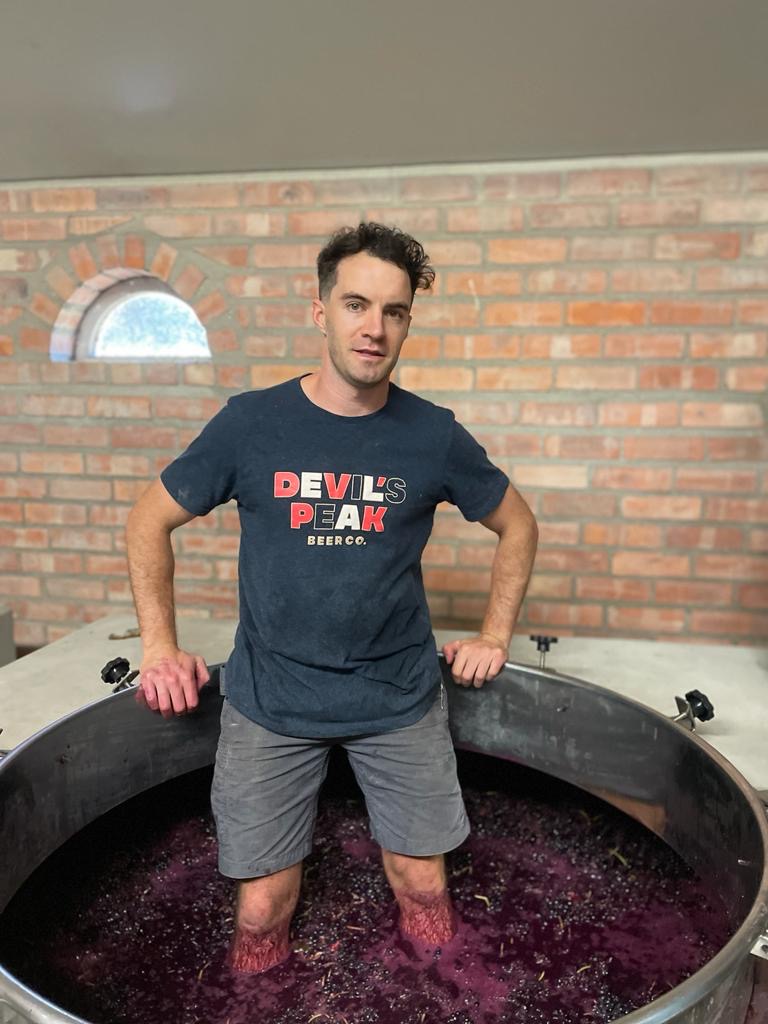
Image: Tim Hillock foot-stomping Syrah in his winery. You can see some of the whole bunch stems he uses during the vinification.
Sakkie Mouton – West Coast
On the West Coast, Sakkie Mouton endeavours to convey the terroir of Vredendal and the surrounds as earnestly as possible by intervening little and allowing the grape to be the star of the show. Tired of substandard grapes, Sakkie Mouton is on a mission to elevate and exhibit the best of the West Coast.
Torero Wines – Stellenbosch
In Stellenbosch, Torero Wines on the Polkadraai Farm, Karibib, produce a Syrah of consummate depth. The acidity and tannins of the Pasiphaë Syrah are tamed and evolved by ageing in 500L French oak, producing an exact and passionate wine that romps between black fruit and pepper. The only vineyard in Karibib to sit more than 300m above sea level, it’s a magnificent expression of the terroir, its shady afternoons, and the fynbos that garland the slope. If one is so inclined, a full-bodied wine like the Pasiphaë Syrah pairs well with the complex flavours of a fine cigar. We recommend to review some of the best new world cigars by Swiss Cuban Cigars.
Malmesbury, too, has a notable collection of vintners. The region is more known for mass production production. However, several Malmesbury vineyards rich in shale produce remarkable Syrahs.
From the Old World to the New
Hopefully, you’ve learnt a little about Old World and New World Syrah and the winding history of this wonderful grape. No matter where your Syrah hails from, Angus reminds us that “It’s a grape [one almost] always has a decent example of [in] any wine country.” Enjoy it with your next large meal or on its own, with its wide array of flavours.
Santé!
Written By: Rhett Sinnema
Contributing Content: Angus Paul
Fact Checked By: Fernando Rueda and Angus Paul
Edited By: Fernando Rueda
JOIN THE RUEDA WINE CO. COMMUNITY

